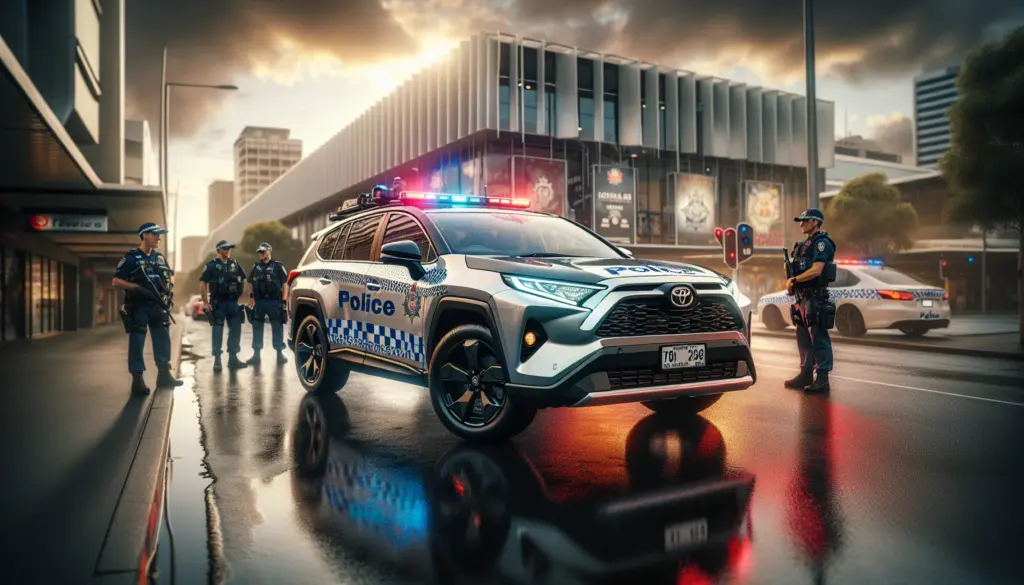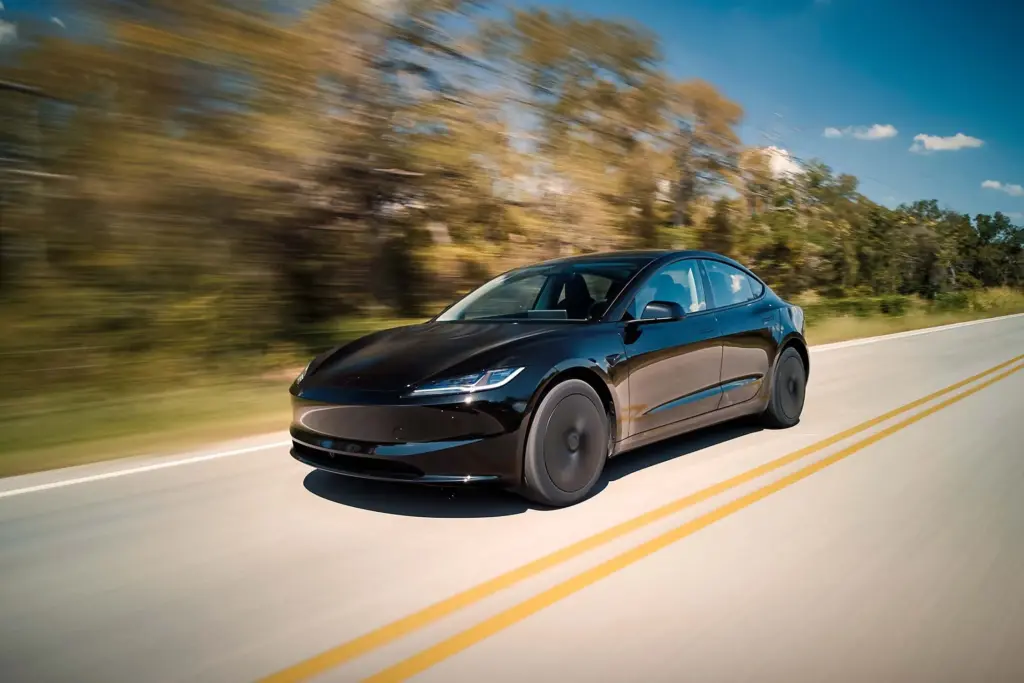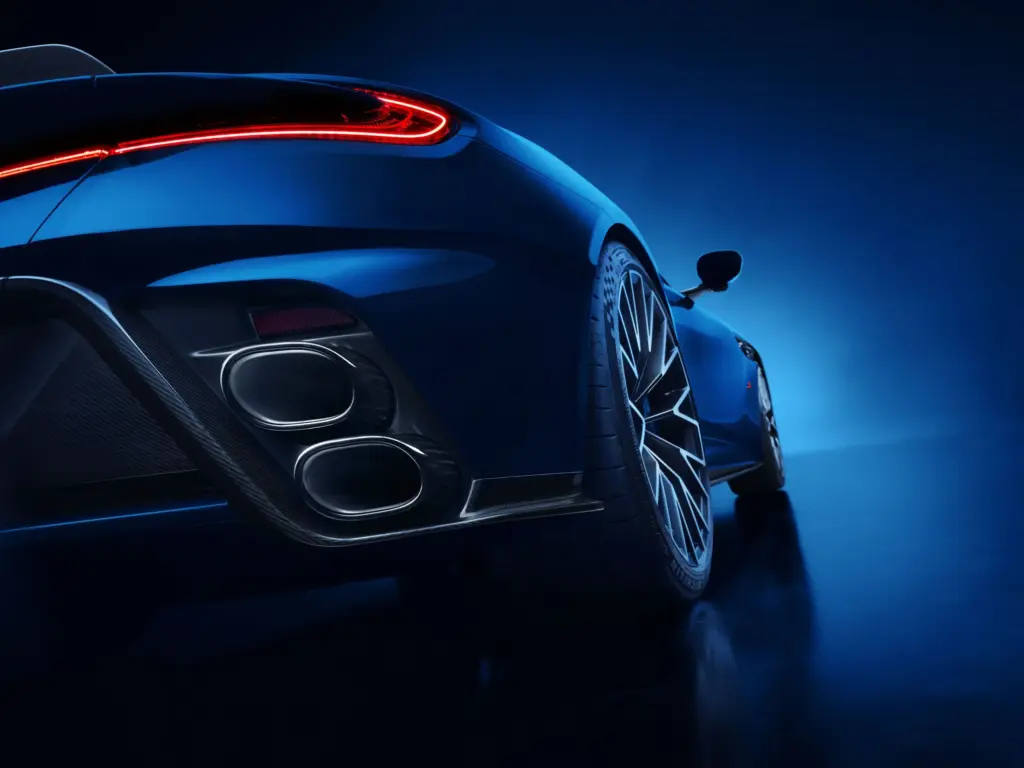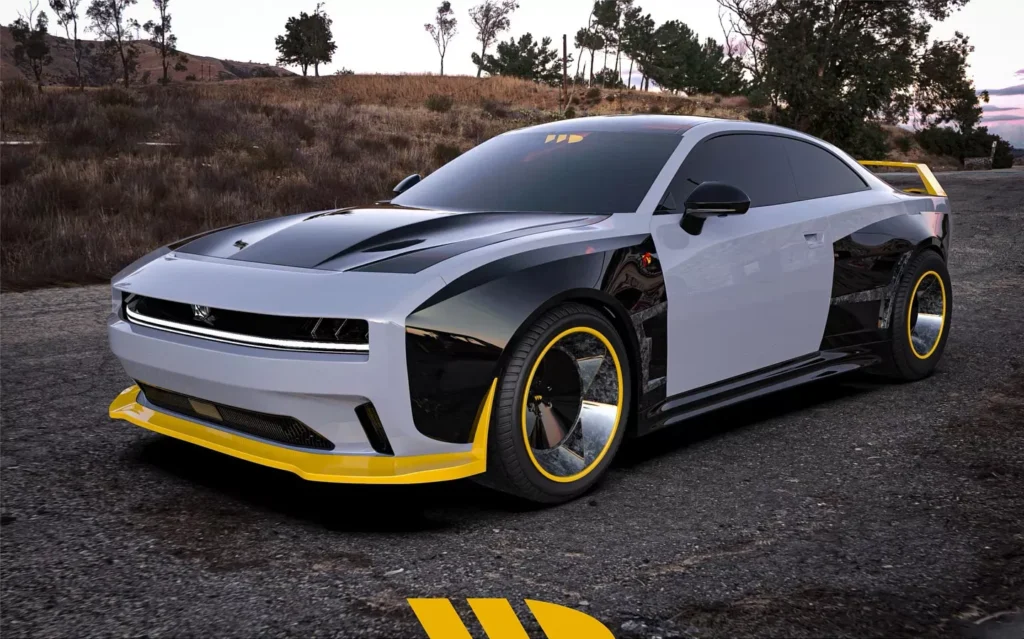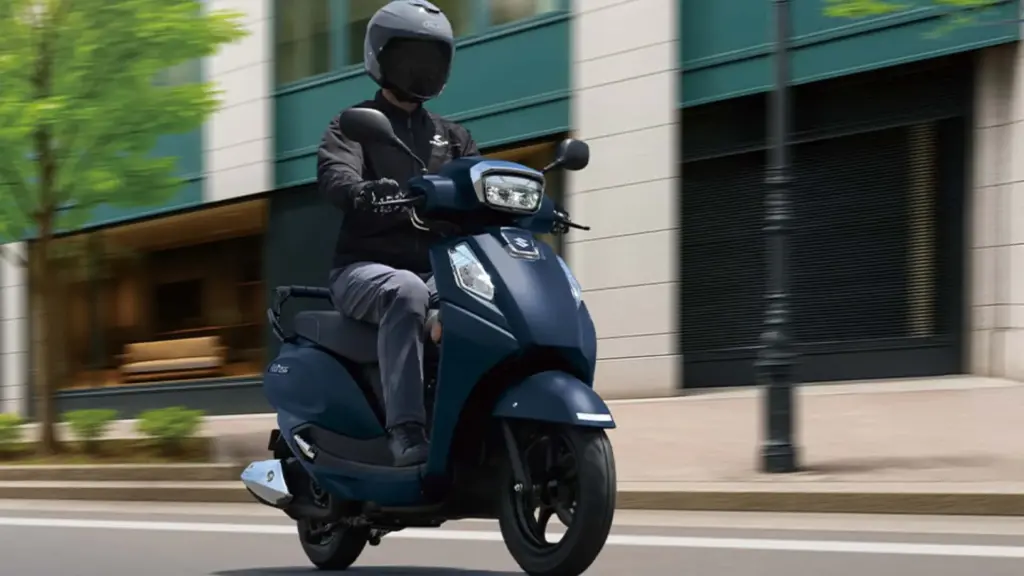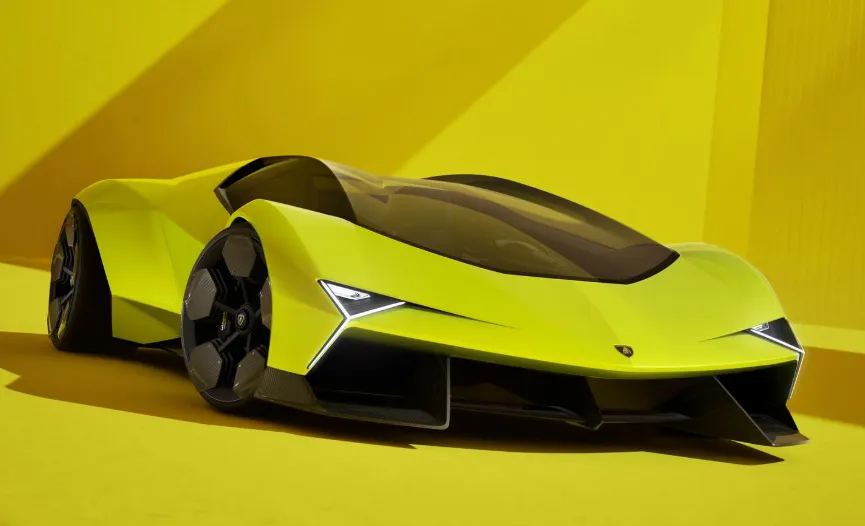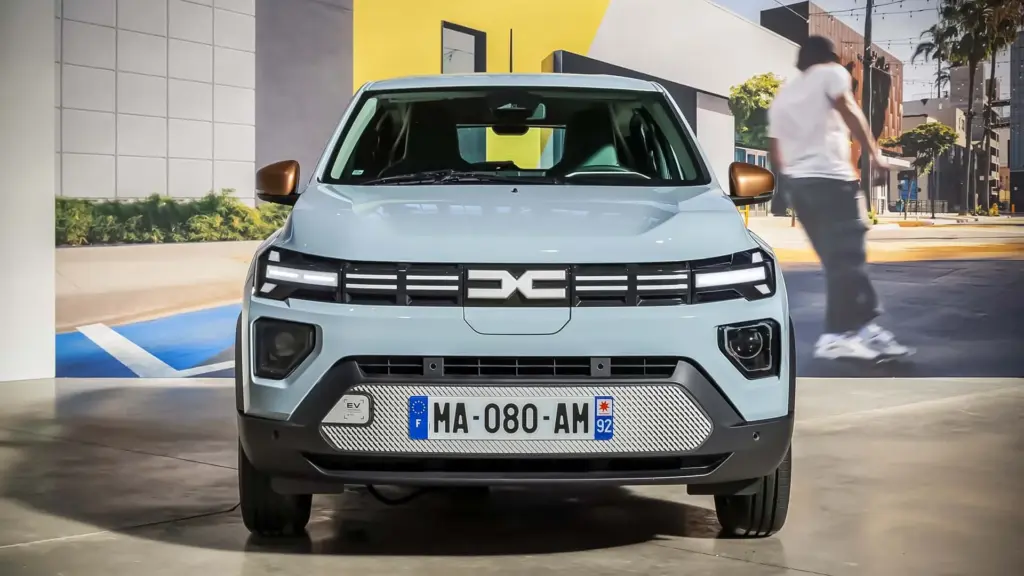The Mercedes-Benz ELF is not a car. It’s a laboratory that promises 10-minute recharges and turns your EV into a power plant. Here’s how.
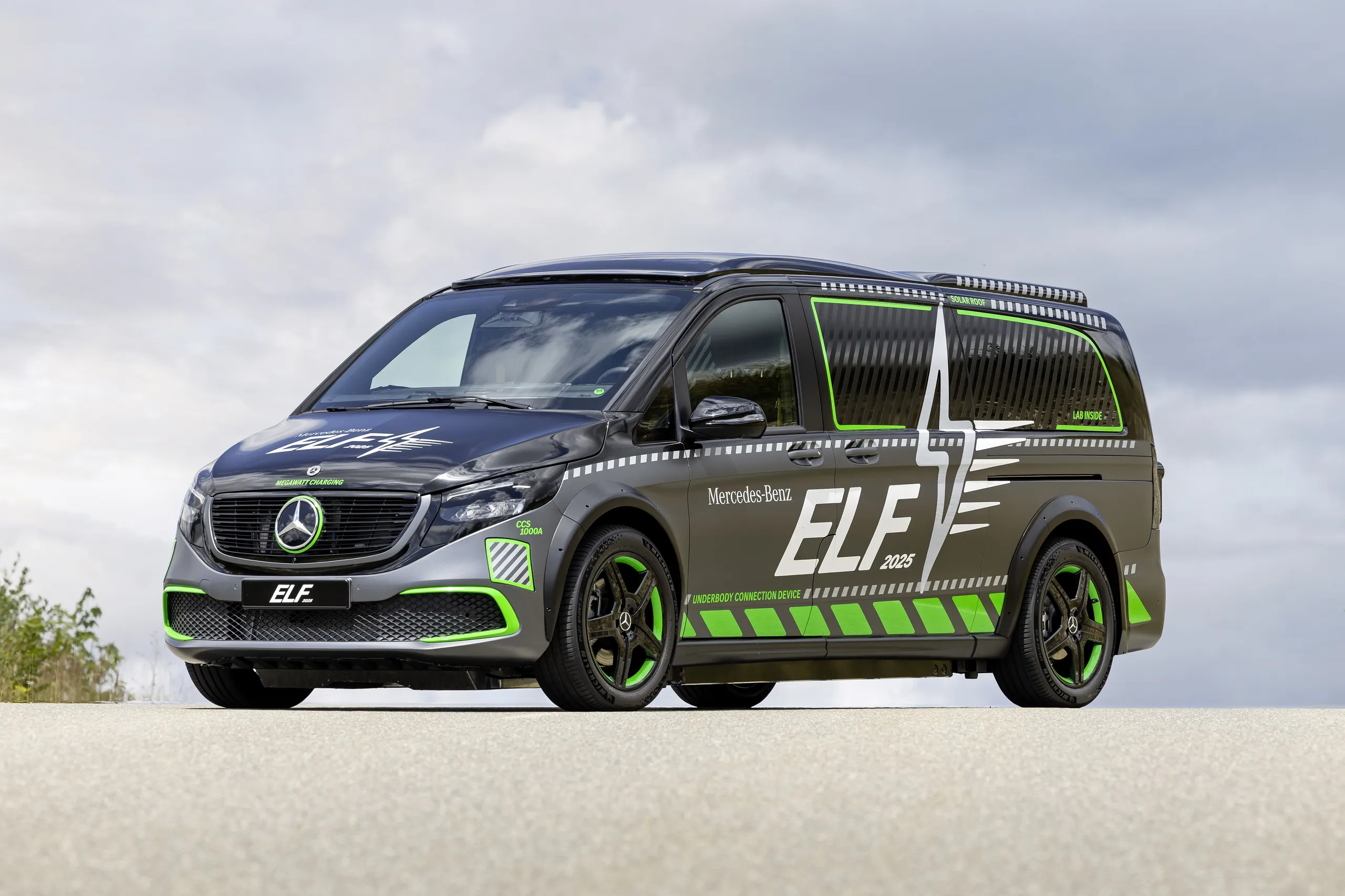
The transition to electric mobility is accelerating, and with it, the need for increasingly efficient and versatile charging solutions. Mercedes-Benz, always at the forefront of automotive innovation, has just unveiled its latest bet on this future: the ELF, or Experimental-Lade-Fahrzeug.
This research vehicle is not just a prototype, but a true laboratory on wheels, designed to test and develop the technologies that will define the next generation of electric vehicle charging. The ELF embodies Mercedes-Benz’s holistic approach, integrating everything from ultra-fast megawatt-level charging to bidirectional, solar, inductive, and conductive systems on a single platform.
The Engineering Behind Tomorrow’s Recharge
At the heart of the ELF, we find dual charging systems that promise to revolutionize how we interact with electric vehicles. The MCS (Megawatt Charging System), initially designed for heavy transport, is applied here to explore the thermal and electrical limits of batteries, cables, and electronics in future long-distance applications. Imagine the ability to charge an electric truck in a matter of minutes, just like a gasoline car.
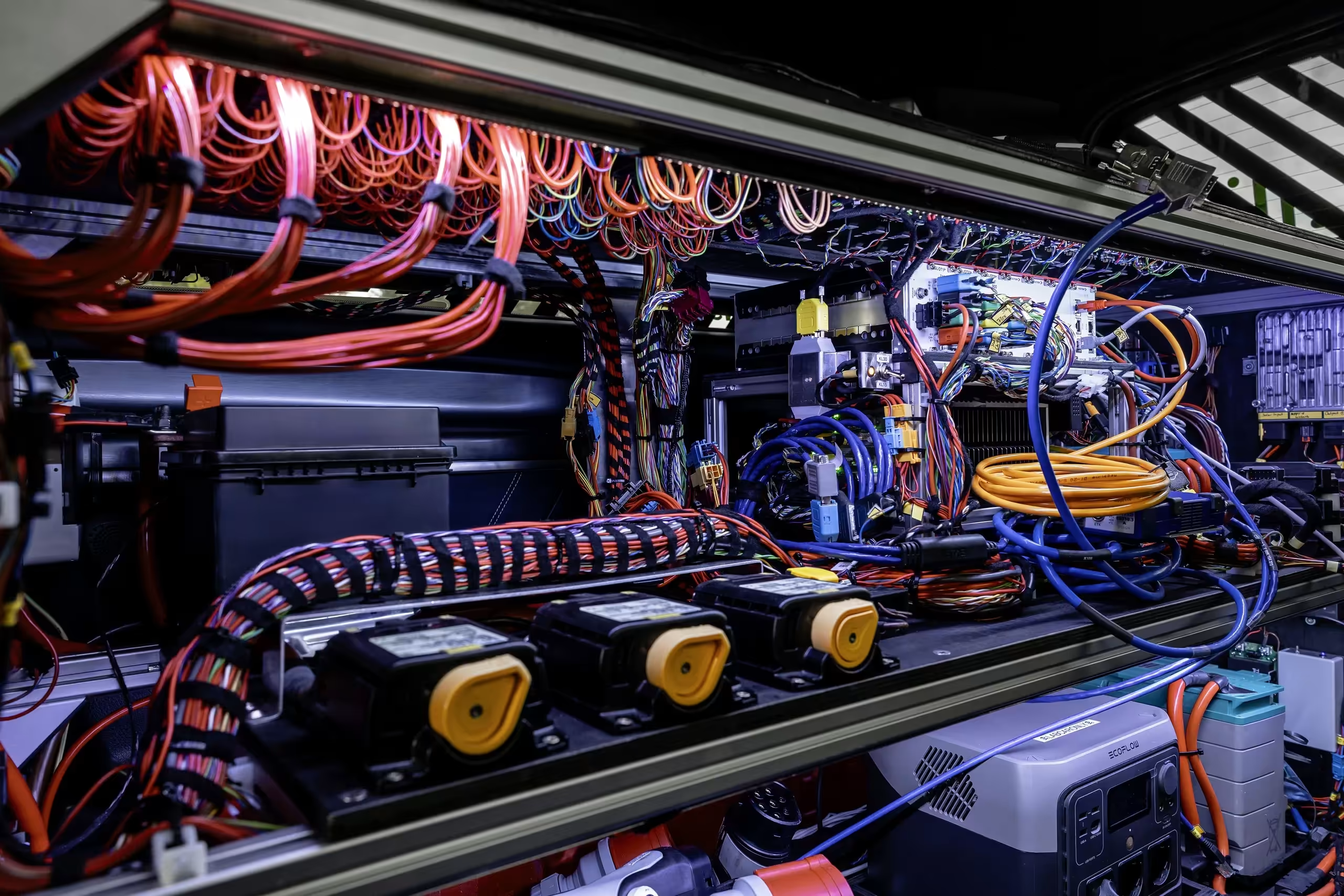
For passenger vehicles, the familiar CCS system has been enhanced to achieve an impressive 900 kW of power. This means the ELF is capable of adding 100 kWh of energy in an incredible 10 minutes. Components close to series production are already being tested, and Mercedes-Benz states that this technology will directly influence future models, including those from the Concept AMG GT XX program, which recently reached charging peaks of 1,041 kW. These innovations highlight the importance of optimizing charging infrastructure to support the demands of high-performance electric vehicles. To get an idea of the brand’s vehicle evolution, check out the 10 Fastest Electric Cars from Mercedes-Benz.
Bidirectional Charging: Turning EVs into Power Sources
One of the most fascinating aspects of the ELF is its bidirectional charging capability, in both alternating current (AC) and direct current (DC). This functionality allows energy to flow not only into the vehicle but also back to the grid or to your home. “Vehicle-to-home” (V2H) and “vehicle-to-grid” (V2G) applications transform the electric car into a mobile energy storage system. This means your EV could power your house during a blackout or supply energy to the grid during peak times, generating significant savings for the owner.
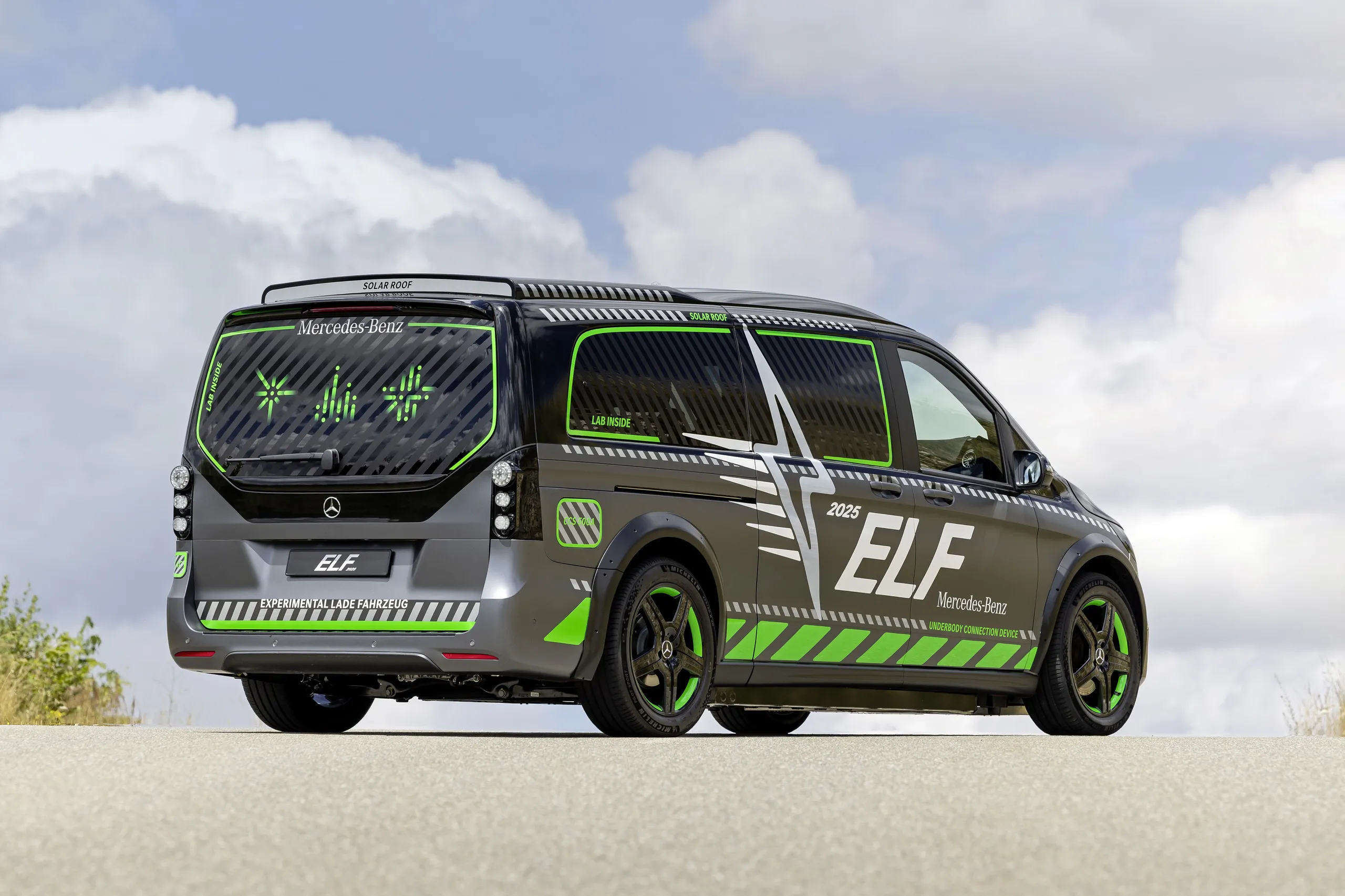
Mercedes-Benz plans to introduce bidirectional capability into its production models starting in 2026, with the first services being launched in Germany, France, and the UK. It is estimated that families could save about 580 dollars per year through smart energy management, leveraging integration with solar systems and the power grid. The discussion about the necessity of long ranges in electric vehicles, such as in “Electric car: Does it Really Need 600 km?“, gains a new perspective when the car also serves as a home battery.
Cable-Free Freedom: Wireless and Automated Charging
The ELF also ventures into hands-free charging territory, testing inductive (wireless) and automated conductive systems. Inductive technology, which uses magnetic resonance to transmit up to 11 kW AC without physical cables, is being assessed for its convenience, safety, and scalability. This type of system is particularly promising in markets where demand for plug-free solutions is high, such as Asia and South Africa.
The automated conductive variant, which employs a charging plate embedded in the floor, offers similar efficiency while keeping parking areas free of obstacles. Both methods aim to simplify the user experience, reduce component wear, and improve accessibility. These innovations demonstrate how manufacturers are thinking about complete solutions, going beyond the vehicles themselves, such as Volvo Launching Mobile Batteries to expand the charging infrastructure.
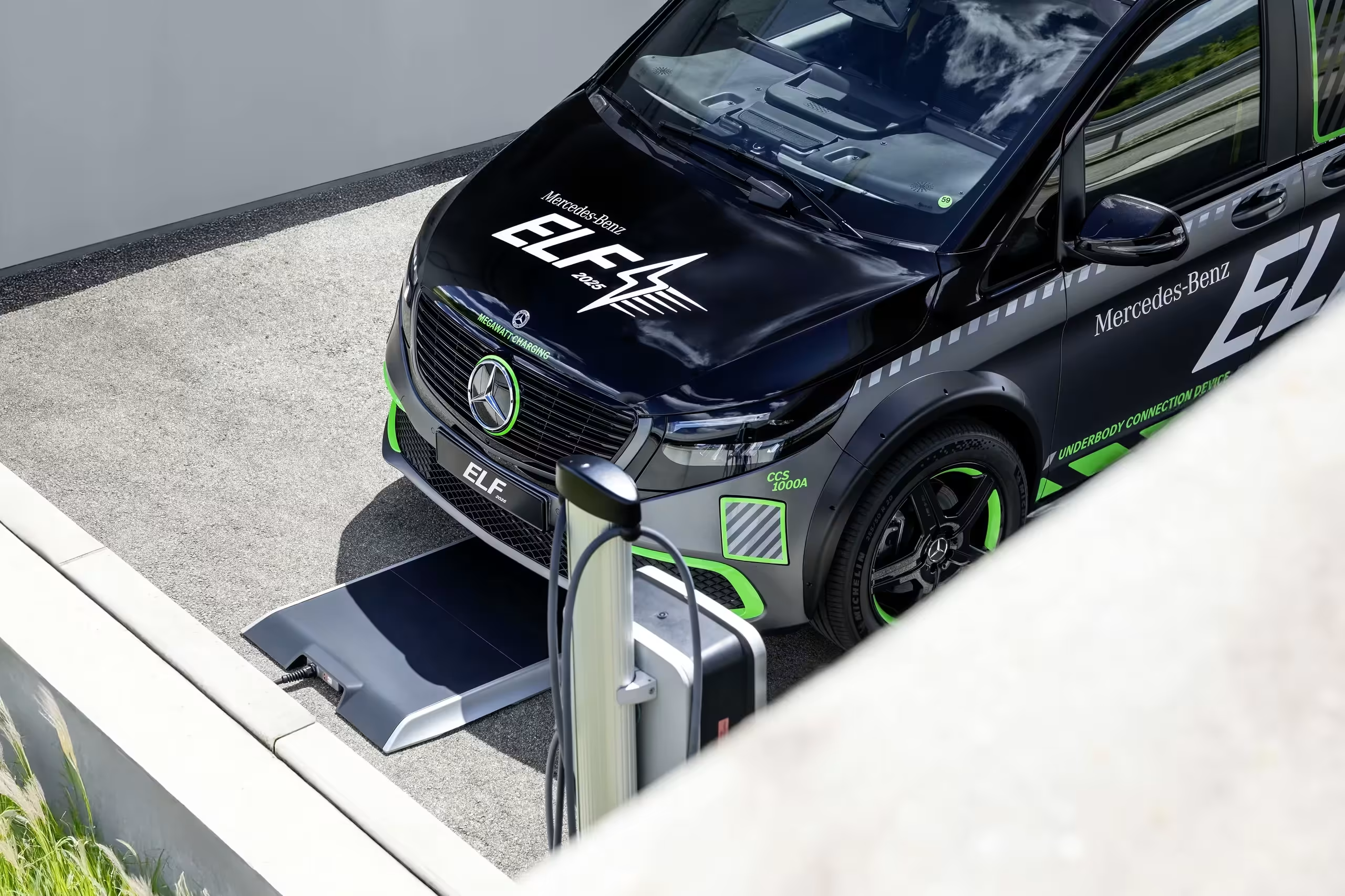
The partnership with Alpitronic, a European leader in high-power charging, has already resulted in a charger prototype capable of delivering 1,000 amperes via CCS cables — double the current industry standard. This collaboration is crucial for refining the charging network and the design of the infrastructure that will support the next generation of electric vehicles. For a glimpse into the luxury and technology Mercedes-Benz already offers, it is worth checking out the Comparative Analysis with Lucid Air, BMW i7, and Tesla Model S of the Mercedes-Benz EQS 2026.
In summary, the Mercedes-Benz ELF is more than an experimental car; it is a clear declaration of the brand’s commitment to shaping the future of electric mobility. By combining ultra-fast charging with bidirectional energy use, Mercedes-Benz aims not only to reduce charging times and emissions but also to make the experience of owning an electric vehicle as intuitive and seamless as fueling a combustion car today. The path toward a truly integrated and efficient electric mobility ecosystem is being paved by projects like the ELF.


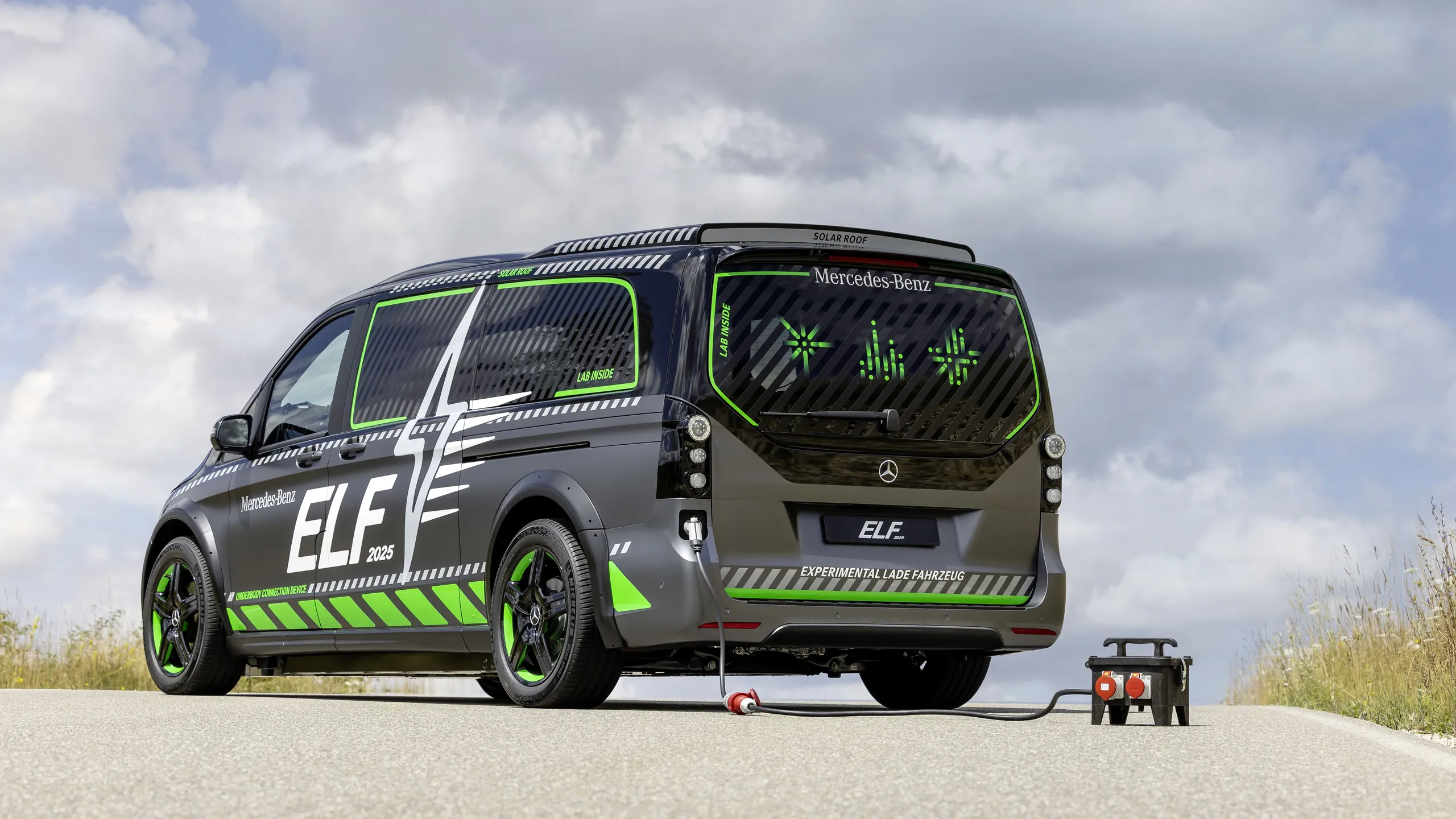

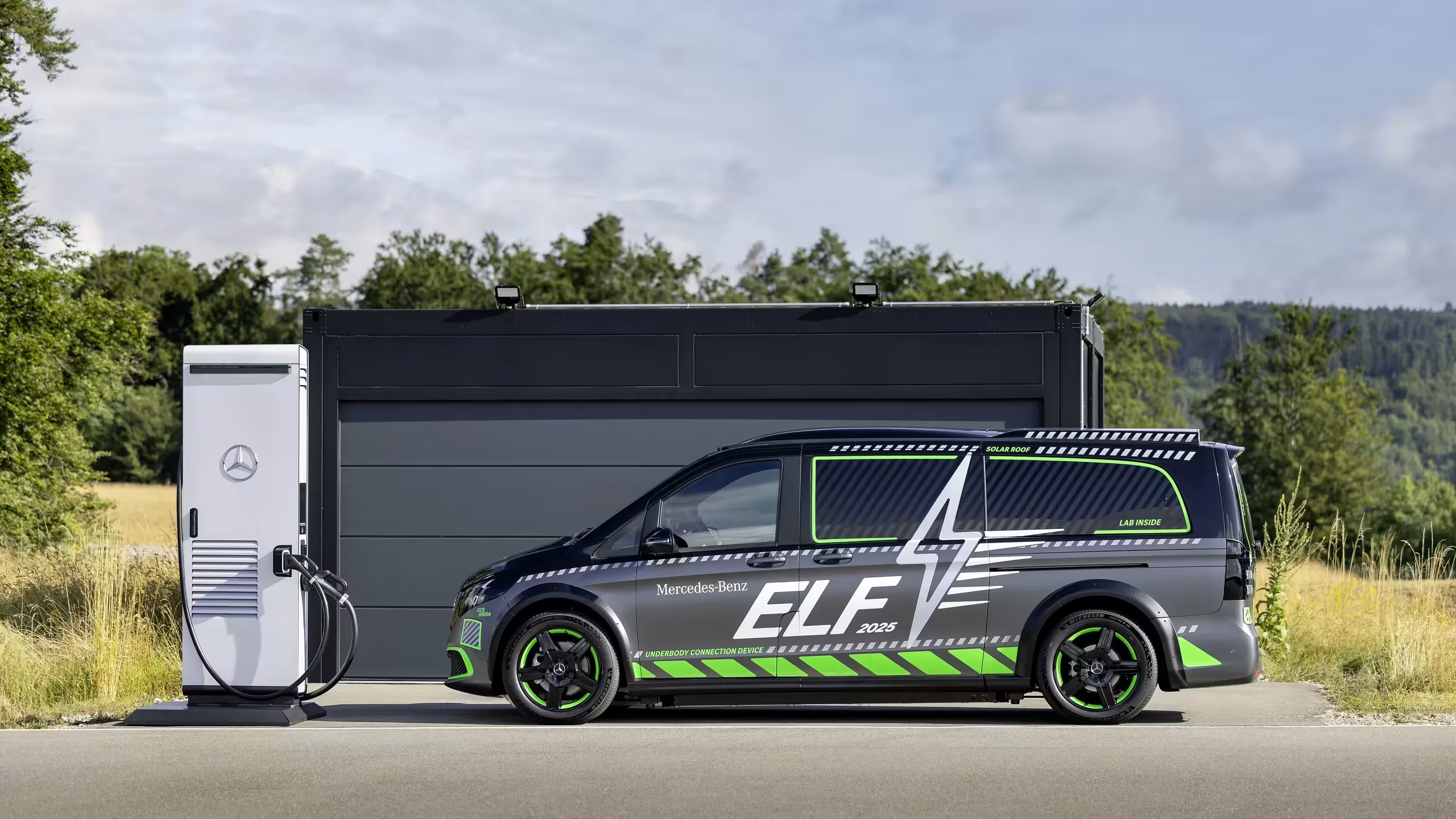
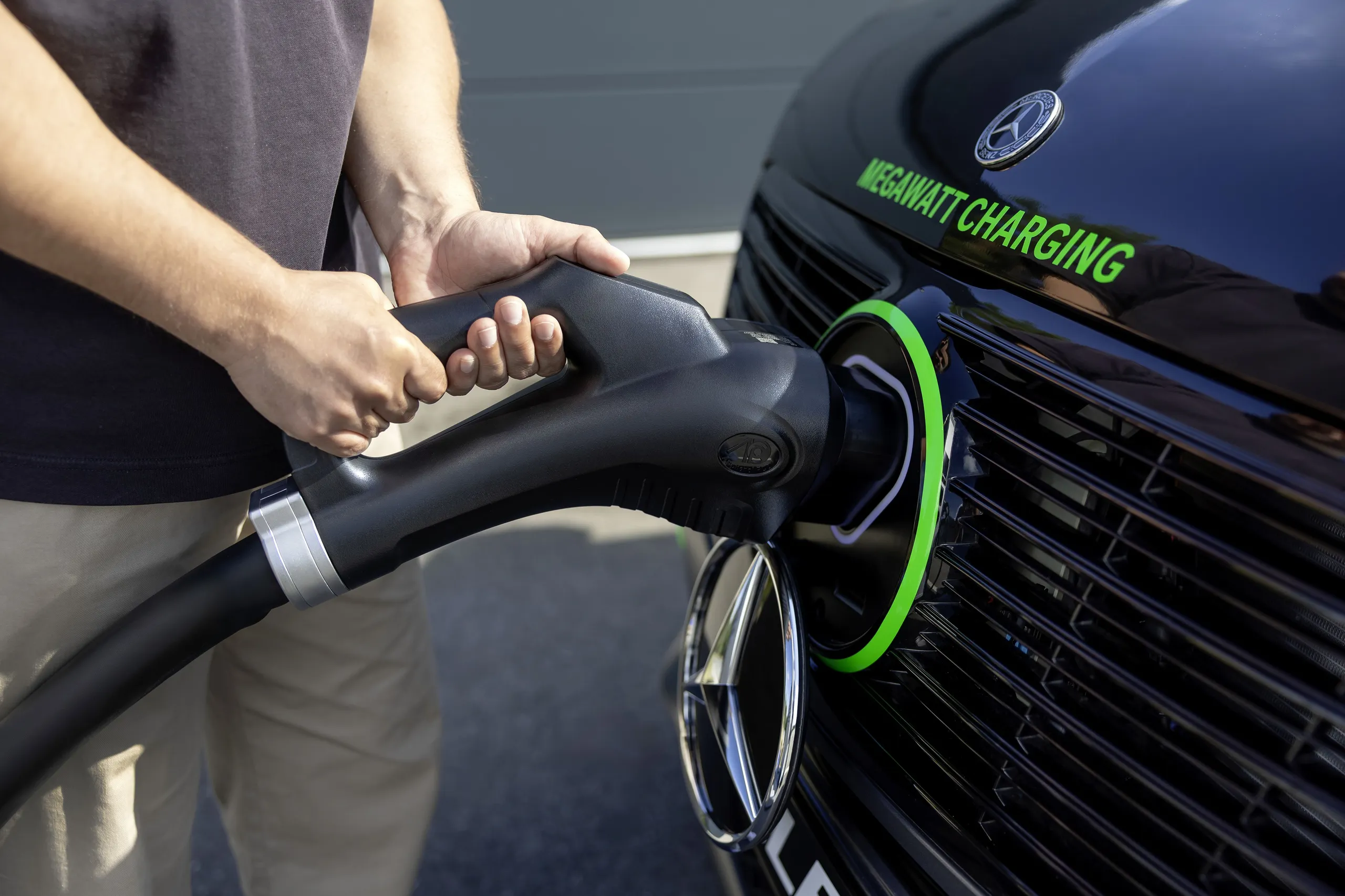
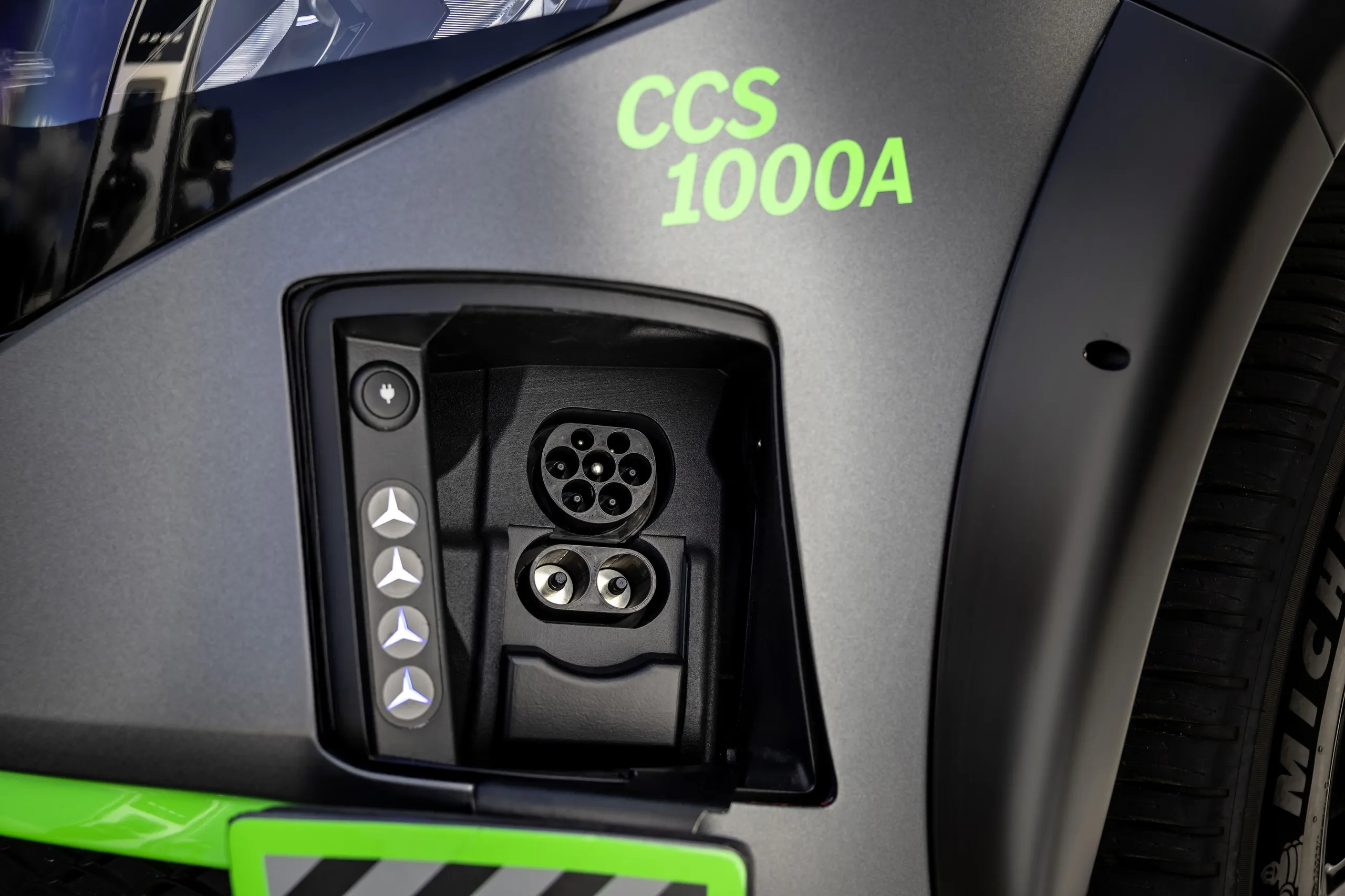

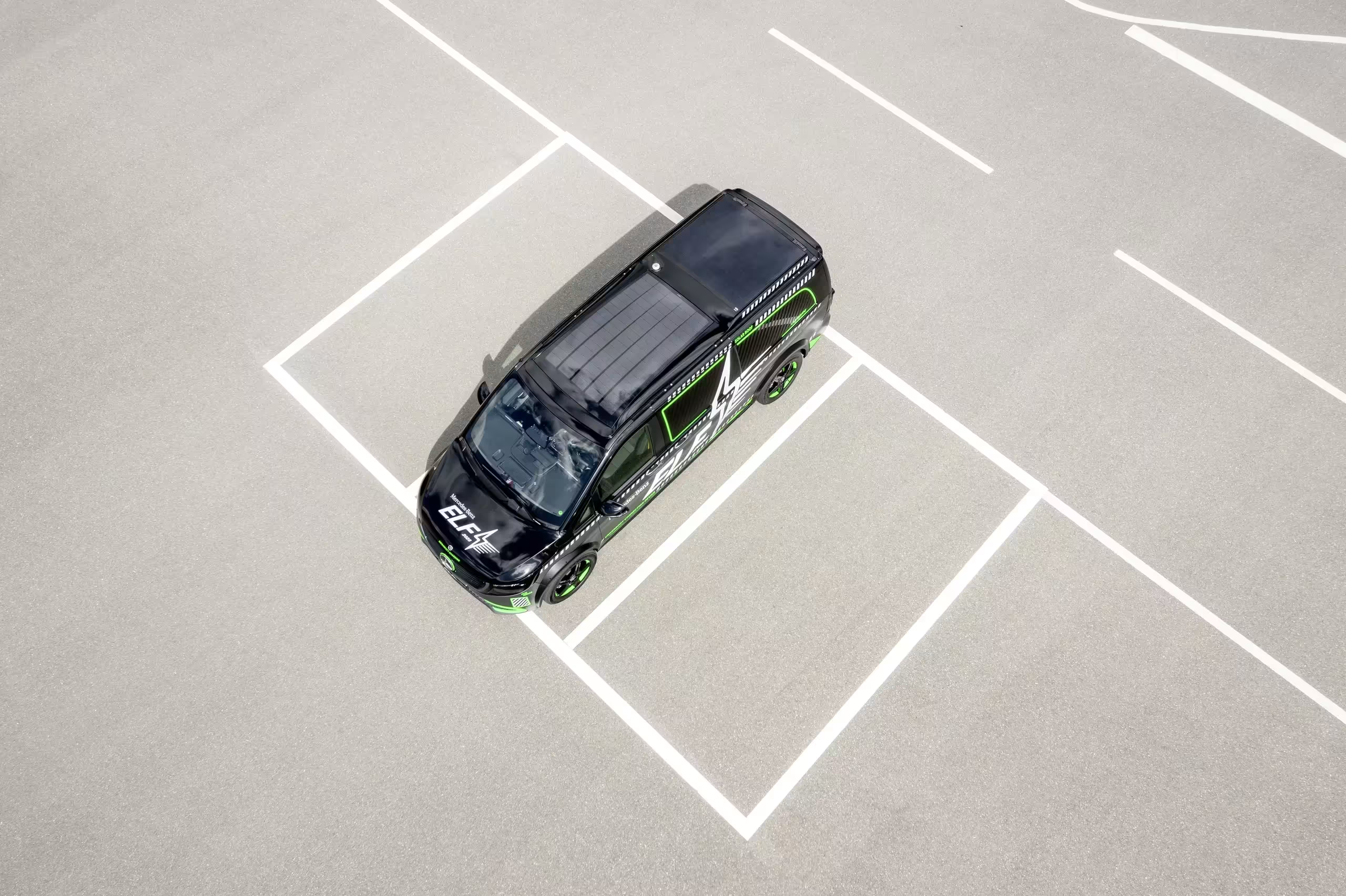
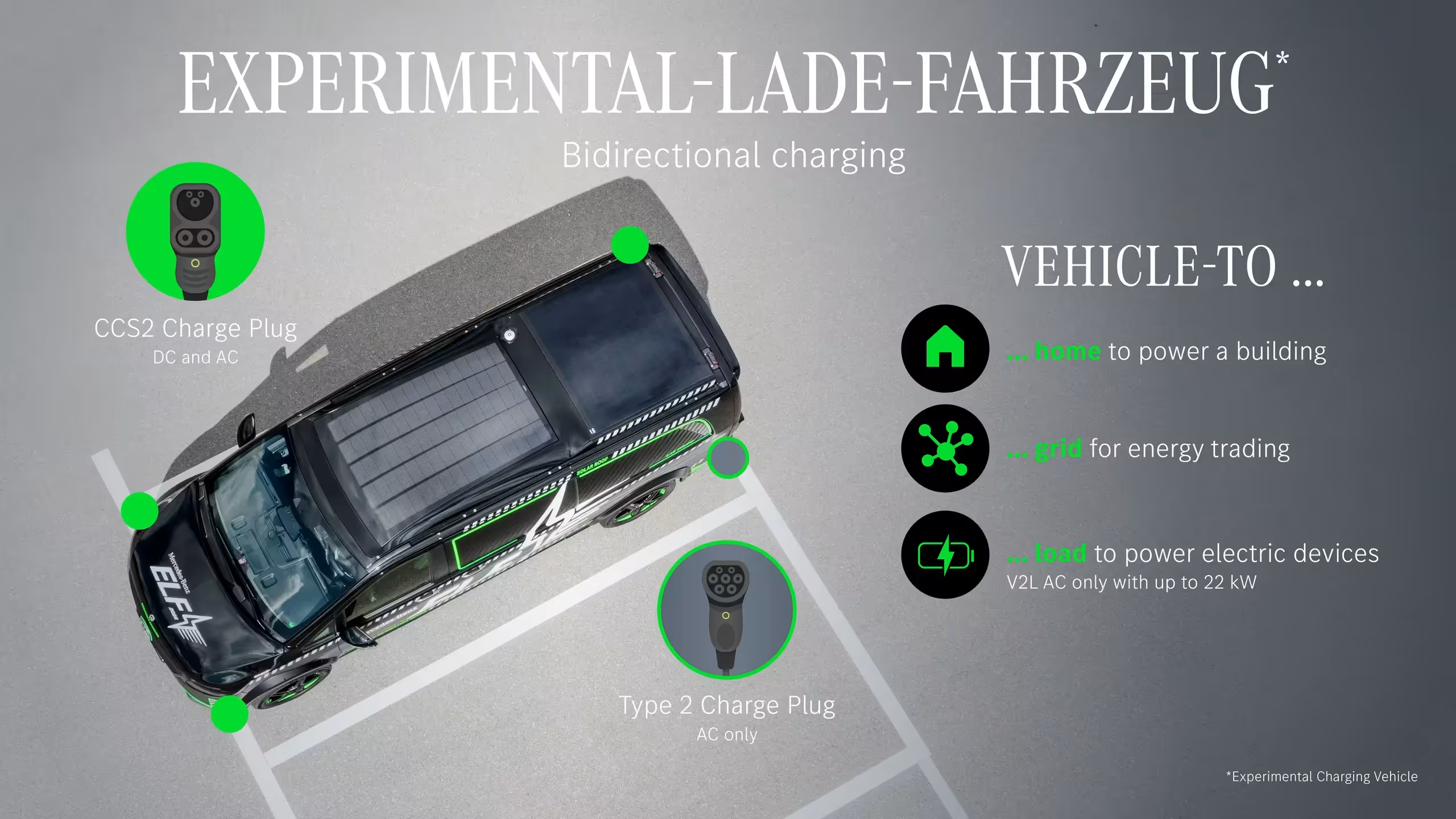
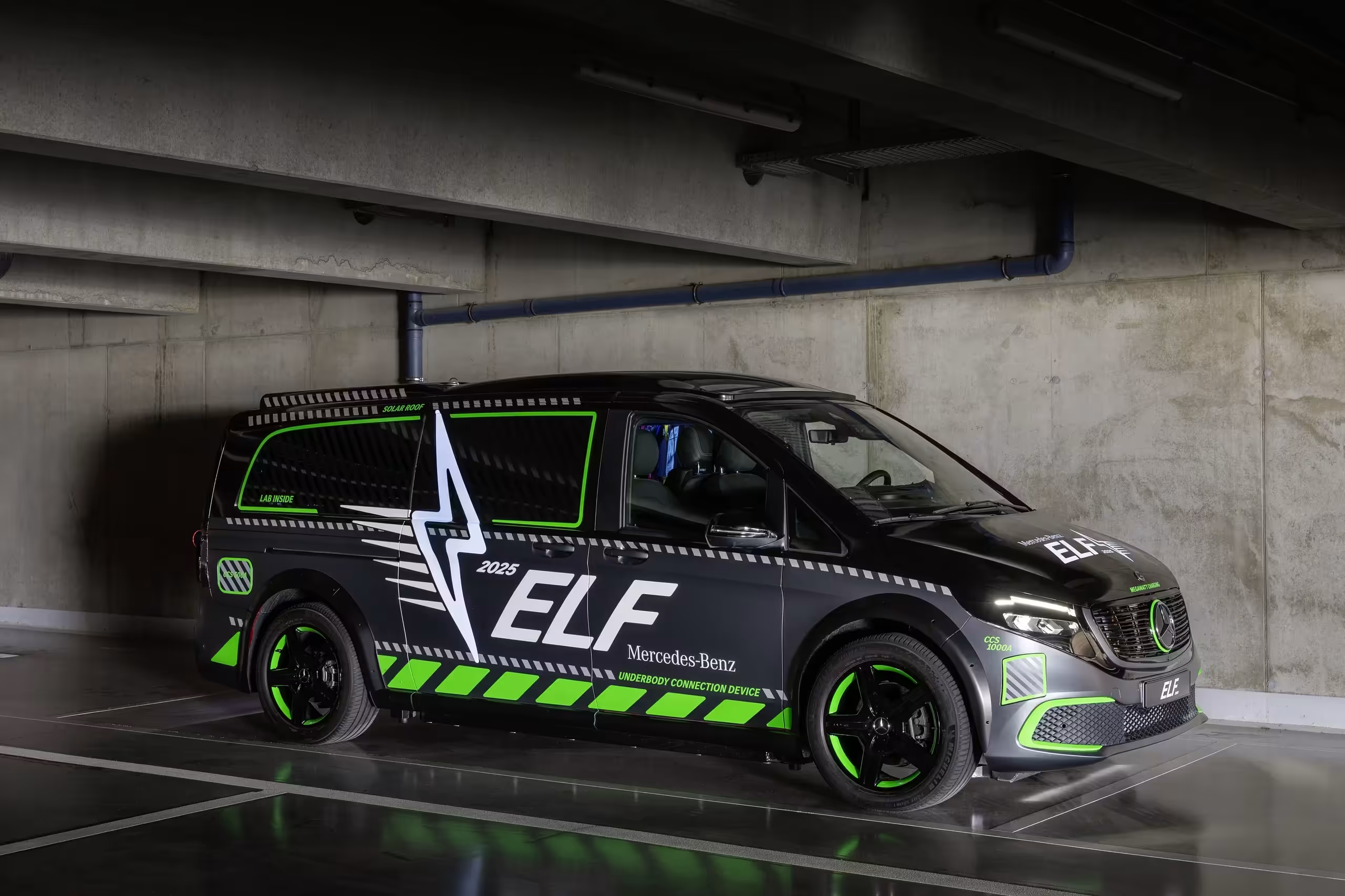
Author: Fabio Isidoro
Founder and editor-in-chief of Canal Carro, he dedicates himself to exploring the automotive universe with depth and passion. A car and technology enthusiast, he produces technical content and in-depth analyses of national and international vehicles, combining quality information with a critical eye for the public.

